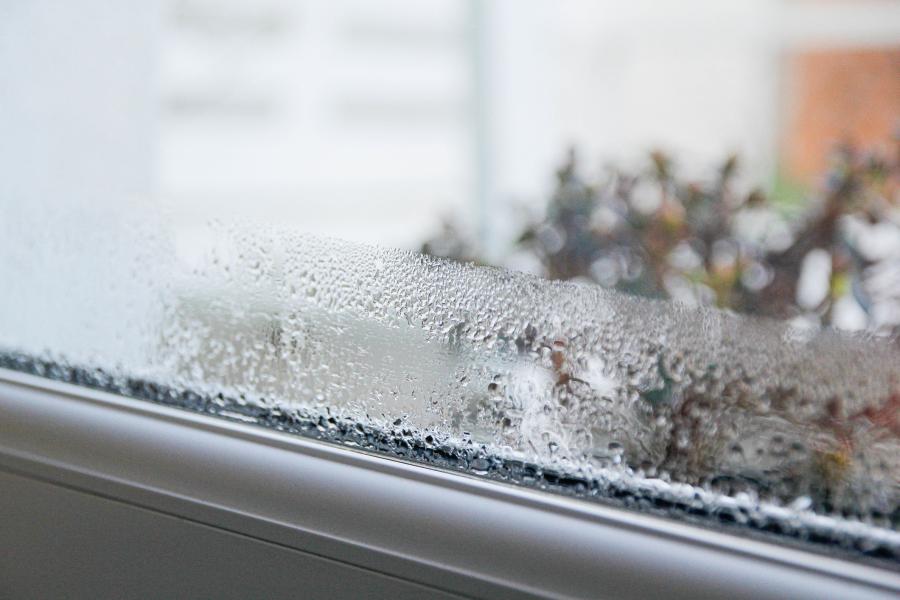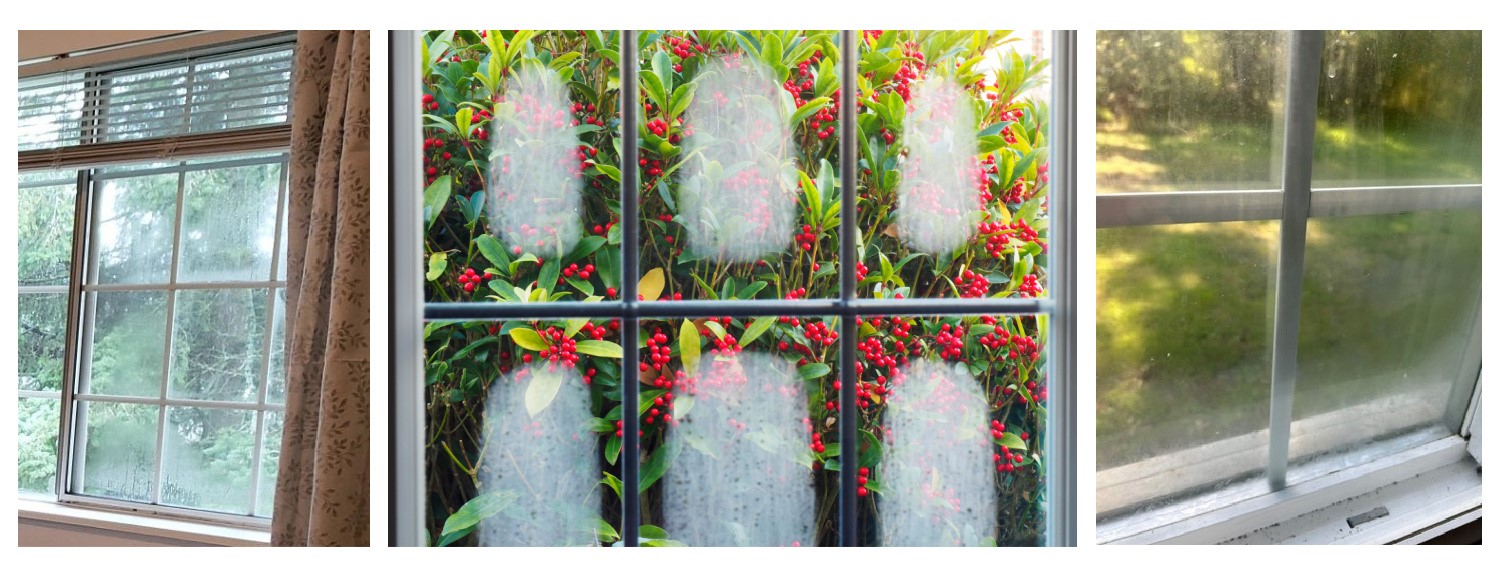The Sound Insulation Repair and Replacement Pilot Program was granted approval by the Port of Seattle Commission on February 27, 2024.
This pilot program is to help assess products that were previously installed as part of the Sound Insulation Program and evaluate the current condition of those installations. The pilot program is entering the study phase with an assessment anticipated to be completed by the end of 2024. This assessment will include extensive outreach, collection of information from property owners within the study area, and analysis of that information. These results will then be presented to Commission in early 2025.
The eligibility criteria for a sound insulation repair and replacement pilot program have yet to be determined. Once determined, additional information will be provided.
*To use the "Search Answers" feature, type in a word in the box and then click the "Apply" button to the right.




